During their 570 million year old history, many different foraminifera have evolved. The main groups can be recognised by their wall structure which has evolved from the primitive tectin or agglutinated types to the more advanced calcareous and aragonitic types.
| Period |
Time in millions of years before present |
Foraminifera at this time |
| Quaternary |
1.64 |
|
| Neogene |
23 |
| Palaeogene |
65 |
Many foraminifera became extinct 65 million years ago (at the same time as ammonites, belemnites, dinosaurs, etc). However, the Palaeogene saw the introduction of many new forms and a rapid, global increase in the diversity of hyaline, benthonic and planktonic taxa. |
|
| Cretaceous |
145 |
|
| Jurassic |
208 |
The evolution of the hyaline test seems to have been the catalyst to encourage foraminifera to become planktonic and the globigerinids appeared during the Jurassic. This group diversified rapidly during the Cretaceous and Palaeogene and continues to the present day. Benthonic buliminids spread rapidly all over the world. |
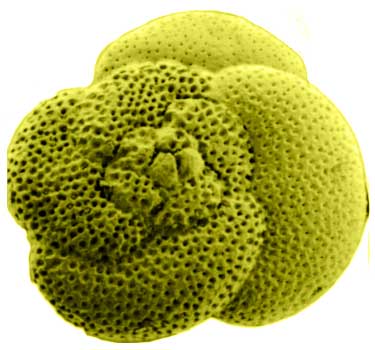 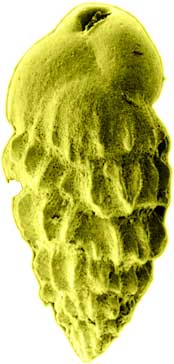 |
| Triassic |
245 |
Fusulinids disappeared during Triassic times. This is the only major group of foraminifera to be extinct. Hyaline robertinids (made of aragonite) and rotaliids with (perforated walls) appeared. |
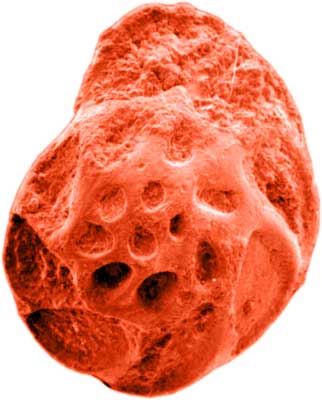 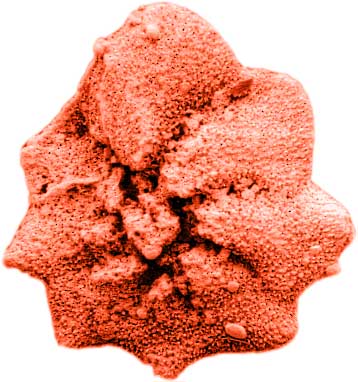 |
| Permian |
290 |
Hyaline benthonic taxa, like nodosariids, evolved at the beginning of the Permian times. This is the most common group of foraminifera found living in modern seas. |
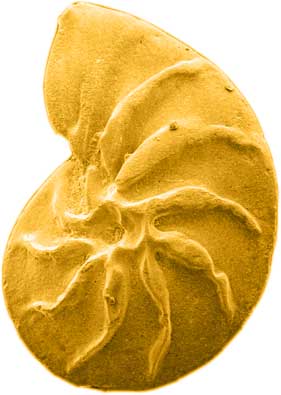 |
| Carboniferous |
363 |
Miliolids, which have porcelaneous test walls, first appeared about 360 million years ago. This benthonic group is still found living in the seas today. |
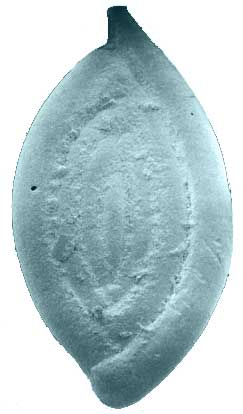 |
| Devonian |
409 |
|
| Silurian |
439 |
|
| Ordovician |
510 |
The first calcareous foraminifera, the fusulinids, had a microgranular test wall. They became very common all over the world. A few species are very large and some grew up to ten centimetres long. |
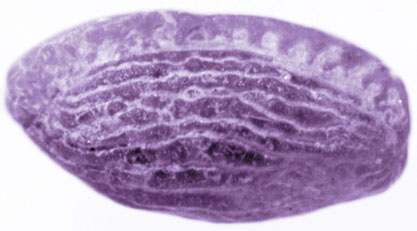 |
| Allogromiids, which have simple tectin wall, first evolved over 50 million years ago and are found living today in river estuaries. |
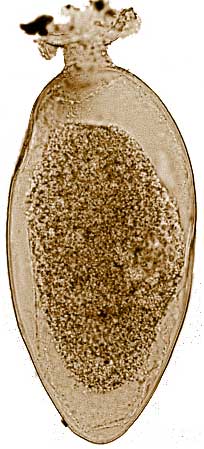 |
| Cambrian |
570 |
The oldest known fossil foraminifera are agglutinated tubes three or four centimetres long. These were the first textulariids, a group of foraminifera still found living today, 570 million years after they first evolved. |
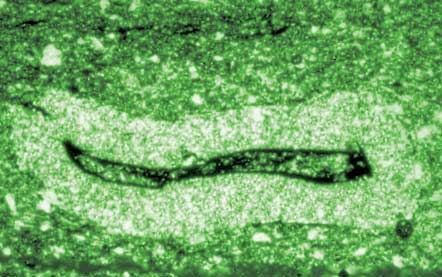 |
| Precambrian |
|








